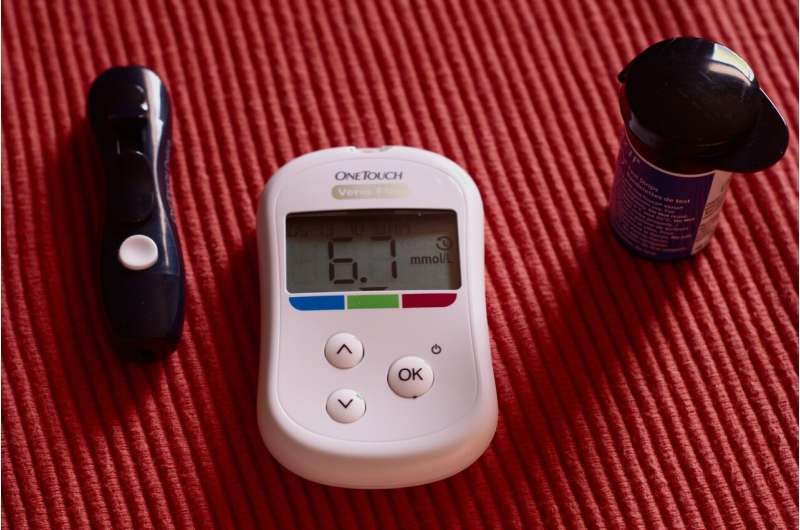Focused Strategies Crucial to Counteract the Fentanyl Crisis, New Study Finds

A recent study underscores the necessity of targeted regional strategies to effectively reduce the rising fentanyl overdose death toll across the U.S., highlighting high-impact areas and community-based solutions.
A comprehensive new study highlights the urgent need for targeted and coordinated efforts to combat the devastating fentanyl crisis that has swept across parts of the United States, resulting in over 70,800 fatalities in 2022 alone. The research emphasizes that certain regions are experiencing disproportionately high fentanyl mortality rates, with West Virginia recording 75 deaths per 100,000 people, making it the hardest hit area, and other significantly affected locations including Washington, D.C., Kentucky, Ohio, and parts of New England.
The surge in fentanyl-related deaths is driven by the drug’s extreme potency—50 to 100 times stronger than morphine—and its inexpensive production and distribution costs. Fentanyl’s capacity to mimic prescription medications and its widespread availability have made it a central component of the international black market, leading to an unprecedented man-made epidemic that researchers describe as the worst in U.S. history.
Lead researcher Thomas Wickizer, a professor emeritus at The Ohio State University College of Public Health, stresses that efforts to reduce overdose deaths must be localized and strategic. "We can see specific areas suffering extreme consequences, and resources—including financial investments—should be focused where they can have the greatest impact," he explained. The study points out the absence of a fentanyl epidemic in regions like South Dakota, Wyoming, and Nebraska, highlighting the importance of geographic-specific interventions.
Beyond mortality figures, the study also calculates the broader societal and economic toll, estimating that in 2022 alone, fentanyl-related deaths resulted in at least 2 million years of life lost and economic damages between $57 billion and $67 billion nationwide. Ohio faced the highest economic losses, attributed to more than 3,900 deaths.
Effective regional responses are often more impactful than broad national initiatives. For instance, Cuyahoga County, Ohio, demonstrated success through harm reduction programs, including widespread availability of fentanyl test strips and public education campaigns to raise awareness of drug contents. Researchers suggest replicating such localized, collaborative approaches involving public health, law enforcement, social services, and educational institutions.
Overall, the study advocates for shifting resources toward high-impact regions and underscores the importance of multi-sector involvement. Implementing targeted strategies could significantly curb fentanyl overdose deaths and alleviate the profound societal suffering caused by this ongoing crisis.
Stay Updated with Mia's Feed
Get the latest health & wellness insights delivered straight to your inbox.
Related Articles
Innovative Technique May Boost Infant Heart Transplants by 20%
Duke Health's new on-table heart reanimation technique has the potential to increase pediatric heart transplants by up to 20%, providing new hope for children in need of life-saving procedures.
Artificial Sweetener Sucralose May Reduce Effectiveness of Cancer Immunotherapy
Emerging research indicates that the artificial sweetener sucralose may reduce the effectiveness of cancer immunotherapy by altering gut microbiota and immune cell function. Learn what this means for cancer patients and their dietary choices.
Innovative Once-Weekly Injection Demonstrates Potential for Managing Diabetes and Facilitating Weight Loss
A new once-weekly injection, ecnoglutide, shows promising results for effectively managing blood sugar levels and promoting weight loss in adults with type 2 diabetes, offering a potential new treatment option.



